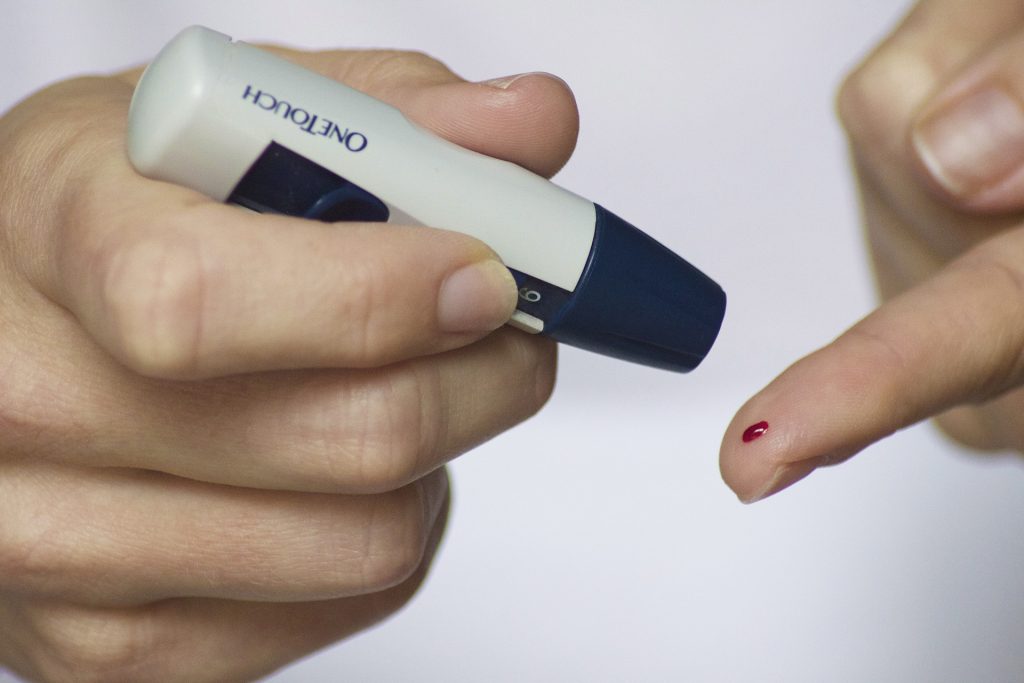Chapter 1: Nutrition and You
1.5 Nutrition Assessment
University of Hawai‘i at Mānoa Food Science and Human Nutrition Program
Nutrition Assessment
Nutritional assessment is the interpretation of anthropometric, biochemical (laboratory), clinical and dietary data to determine whether a person or groups of people are well nourished or malnourished (overnourished or undernourished).
Nutritional assessment can be done using the ABCD methods. These refer to the following:
- A. Anthropometry
- B. Biochemical methods
- C. Clinical methods
- D. Dietary methods
Anthropometry methods of assessing nutritional status
The word anthropometry comes from two words: Anthropo means ‘human’ and metry means ‘measurement’. The different measurements taken to assess growth and body composition are presented below.
To assess growth, several different measurements including length, height, weight, head circumference, mid-arm circumference, skin-fold thickness, head/chest ratio, and hip/waist ratio can be used. Height and weight measurements are essential in children to evaluate physical growth. As an additional resource, Anthropometry Procedures Manual (revised January 2004) from the National Health and Nutrition Examination Survey can be viewed here: NHANES Anthropometry Procedures Manual.

Biochemical methods of assessing nutritional status
Biochemical or laboratory methods of assessment include measuring a nutrient or its metabolite in the blood, feces, urine or other tissues that have a relationship with the nutrient. An example of this method would be to take blood samples to measure levels of glucose in the body. This method is useful for determining if an individual has diabetes.

Clinical methods of assessing nutritional status
In addition to the anthropometric assessments, you can also assess clinical signs and symptoms that might indicate potential specific nutrient deficiency. Special attention are given to organs such as skin, eyes, tongue, ears, mouth, hair, nails, and gums. Clinical methods of assessing nutritional status involve checking signs of deficiency at specific places on the body or asking the patient whether they have any symptoms that might suggest nutrient deficiency.
Dietary methods of assessing nutritional status
Dietary methods of assessment include looking at past or current intakes of nutrients from food by individuals or a group to determine their nutritional status. There are several methods used to do this:
24 hour recall
A trained professional asks the subject to recall all food and drink consumed in the previous 24 hours. This is a quick and easy method. However, it is dependent upon the subject’s short-term memory and may not be very accurate.
Food frequency questionnaire
The subject is given a list of foods and asked to indicate intake per day, per week, and per month. This method is inexpensive and easy to administer. It is more accurate than the 24 hour recall.
Food Diary
Food intake is recorded by the subject at the time of eating. This method is reliable but difficult to maintain. Also known as a food journal or food record.
Observed food consumption
This method requires food to be weighed and exactly calculated. It is very accurate but rarely used because it is time-consuming and expensive.
Family Medical History
Because genetics play a large role in defining your health, it is a good idea to take the time to learn some of the diseases and conditions that may affect you. To do this, you need to record your family’s medical history. Start by simply drawing a chart that details your immediate family and relatives. Many families have this and you may have a good start already. The next time you attend a family event start filling in the blanks. What did people die from? What country did Grandpa come from? While this may be a more interesting project historically, it can also provide you with a practical tool to determine what diseases you might be more susceptible.
This will allow you to make better dietary and lifestyle changes early on to help prevent a disease from being handed down from your family to you. It is good to compile your information from multiple relatives.
Lifestyle Assessment
A lifestyle assessment includes evaluating your personal habits, level of fitness, emotional health, sleep patterns, and work-life balance. Many diseases are preventable by simply staying away from certain lifestyles. Don’t smoke, don’t drink excessively, and don’t do recreational drugs. Instead, make sure you exercise. Find out how much to exercise by reading the Physical Activity Guidelines for Americans. There is a wealth of scientific evidence that increased physical activity promotes health, prevents disease, and is a mood enhancer. Emotional health is often hard to talk about; however, a person’s quality of life is highly affected by emotional stability.
Finding balance between work and life is a difficult and continuous process involving keeping track of your time, taking advantage of job flexibility options, saying no, and finding support when you need it. Work-life balance can influence what you eat too.
Anthropometry- measurements taken to assess growth and body composition to determine nutritional health: length, height, weight, head circumference, mid-arm circumference, skin-fold thickness, head/chest ratio, and hip/waist ratio.
Tissues are groups of cells that share a common structure and function and work together.

